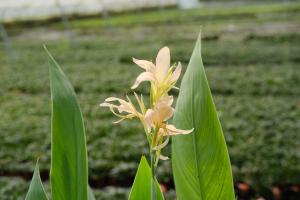What Part of Plant is Onion?
The Answer
Onion is a bulbous plant, which means that the edible part of the plant is the bulb. Specifically, the bulb of the onion is an underground plant structure. This bulb is composed of layers that can be peeled away to reveal the onion's flesh. The flesh of the onion is what most people consume, but the leaves and flowers of the onion plant are also edible.
The Plant
The onion plant, scientifically known as Allium cepa, is a member of the Amaryllidaceae family. It is an annual plant that can grow up to 2 feet tall. The plant produces flowers on umbels, which are structures that resemble umbrellas. The leaves of the onion plant are long, narrow, and hollow, and they emerge from the base of the plant. The bulb of the onion plant forms at the base of the stem and contains the plant's nutrients and energy stores.
The Bulb
The bulb of the onion plant is covered in a papery layer that protects it from damage and dehydration. The bulb is made up of layers that store the plant's nutrients and water, as well as the energy that the plant needs to form flowers and reproduce. Each layer of the bulb is separated by a thin membrane and contains a different concentration of compounds that give the onion its characteristic taste and smell.
Uses of Onion Plant
Onions are a widely used vegetable in cooking and are consumed in many different ways. They can be eaten raw, sliced thinly and used as a topping on salads, sandwiches, or tacos. They can also be cooked in a variety of ways and used as an ingredient in soups, stews, curries, and many other dishes. Onion powder and flakes are also used as a seasoning in many different types of food.
The medicinal properties of onion have been recognized for centuries. Onions contain compounds that have anti-inflammatory, anti-bacterial, and anti-viral properties. They have been used to treat a variety of ailments such as colds, coughs, and sore throats. In addition, onions are also used in some cultures for spiritual and religious ceremonies.
Conclusion
In conclusion, the edible part of the onion plant is the bulb, which is an underground structure composed of layers that can be peeled away to reveal the flesh of the onion. While the bulb is the most commonly consumed part of the onion plant, the leaves and flowers are also edible. Onions are a versatile vegetable that can be consumed in many different ways and have been recognized for their medicinal properties for centuries.

 how many times do yo...
how many times do yo... how many planted tre...
how many planted tre... how many pine trees ...
how many pine trees ... how many pecan trees...
how many pecan trees... how many plants comp...
how many plants comp... how many plants can ...
how many plants can ... how many plants and ...
how many plants and ... how many pepper plan...
how many pepper plan...




























